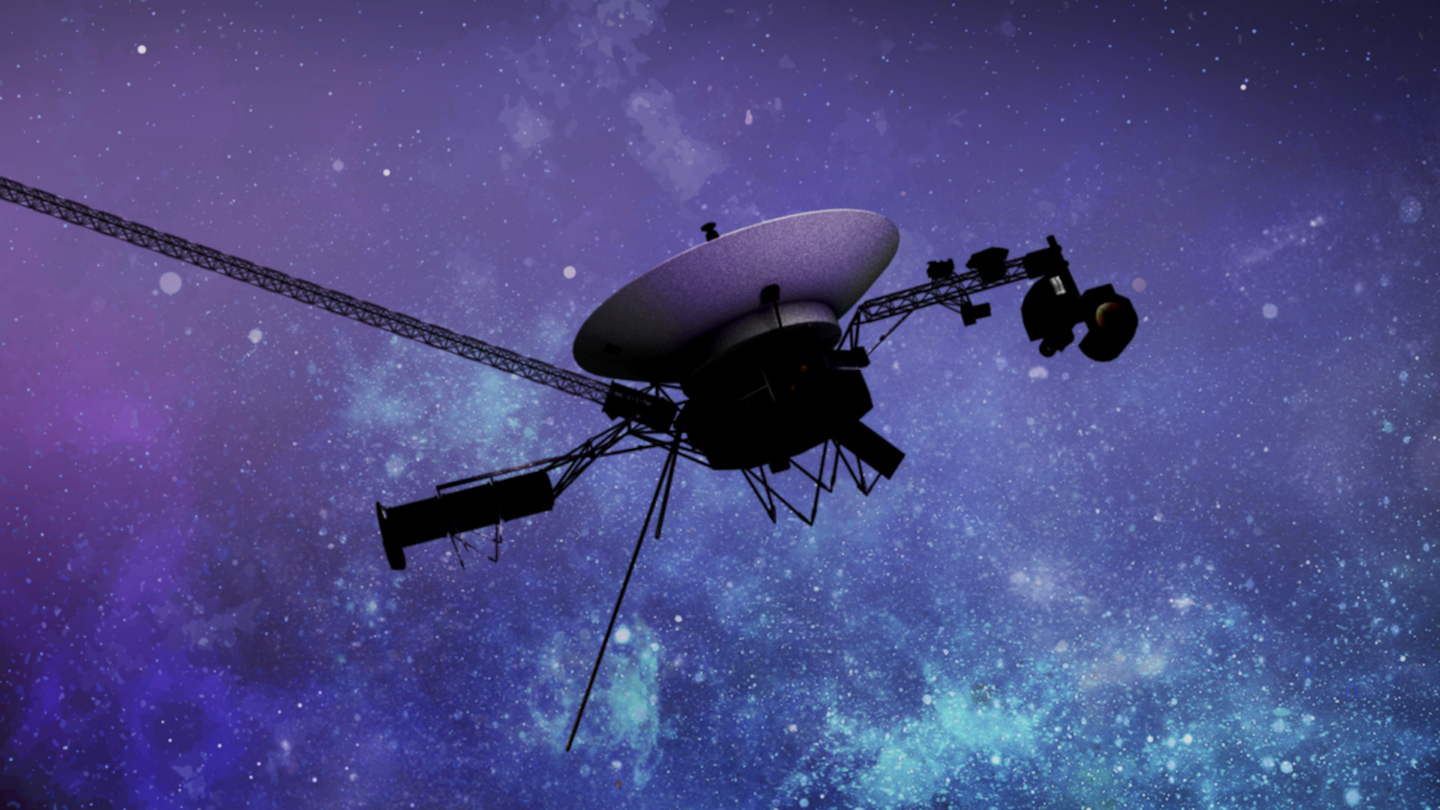NASA’s Voyager 1 Probe Stopped Communicating—And It Could Take Weeks to Fix
The space agency identified an issue with one of the spacecraft’s computers as the source of the problem but said engineers could take weeks to find a solution.

An artist illustration of one of NASA’s twin Voyager spacecraft. [Courtesy: Caltech/NASA-JPL]
If E.T. could do it, why can’t Voyager 1?
That’s a question NASA is scrambling to answer. The longest-operating spacecraft in history (alongside its twin Voyager 2) is apparently experiencing an issue with one of its onboard computers—and now it can’t phone home.
According to the space agency, it could take engineers “several weeks” to even come up with a solution to the problem.
NASA said Voyager 1—which is more than 15 billion miles away from Earth on a journey to explore the farthest reaches of our solar system—is still receiving and executing commands from mission control. But the probe’s flight data system (FDS) is struggling to communicate with one of its subsystems, called the telecommunications unit (TMU).
The result is radio silence. Voyager 1’s FDS collects data from science instruments as well as engineering data about the 46-year-old spacecraft’s health and status, but none of that information is being beamed back to Earth.
The FDS packages data for the TMU to communicate to NASA in the form of binary code. But recently, the space agency said, the TMU has been “stuck” repeating the same pattern of ones and zeros.
NASA pinpointed the FDS as the source of the issue and tried the old “turn it off, turn it back on again” approach over the weekend. Yet it was to no avail—Voyager 1 is still not returning usable data, and it could be weeks before engineers come up with a new fix.
That’s because Voyager 1 is old…very old. It and its twin were launched in 1977, which makes the pair ancient as far as spacecraft go. As a result, NASA needs to pore over the original, decades-old documents—written by engineers who did not anticipate the issues arising today—to find a solution.
The space agency does not want to make a bad situation worse. To avoid any unintended consequences, its teams are working to understand how new commands will affect the probe’s operations. However, because Voyager 1 is so far away, those commands take nearly 24 hours to reach it—which means engineers need to wait close to two days to see their effects.
This isn’t the first time Voyager 1 has had issues with data transmission. In May 2022, NASA identified a glitch in the spacecraft’s telemetry system, which wasn’t resolved until August. More recently, an issue arose with Voyager 2’s communications system, but it was fixed within a week.
Voyager 1’s FDS problem won’t be solved so quickly. But NASA is hoping it can be remedied in weeks rather than months. The longer the outage, the more the agency will miss out on data from the edge of the solar system.
Like this story? We think you'll also like the Future of FLYING newsletter sent every Thursday afternoon. Sign up now.

Sign-up for newsletters & special offers!
Get the latest FLYING stories & special offers delivered directly to your inbox






